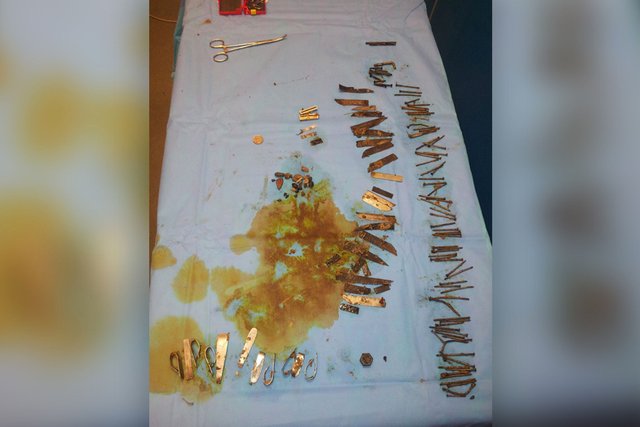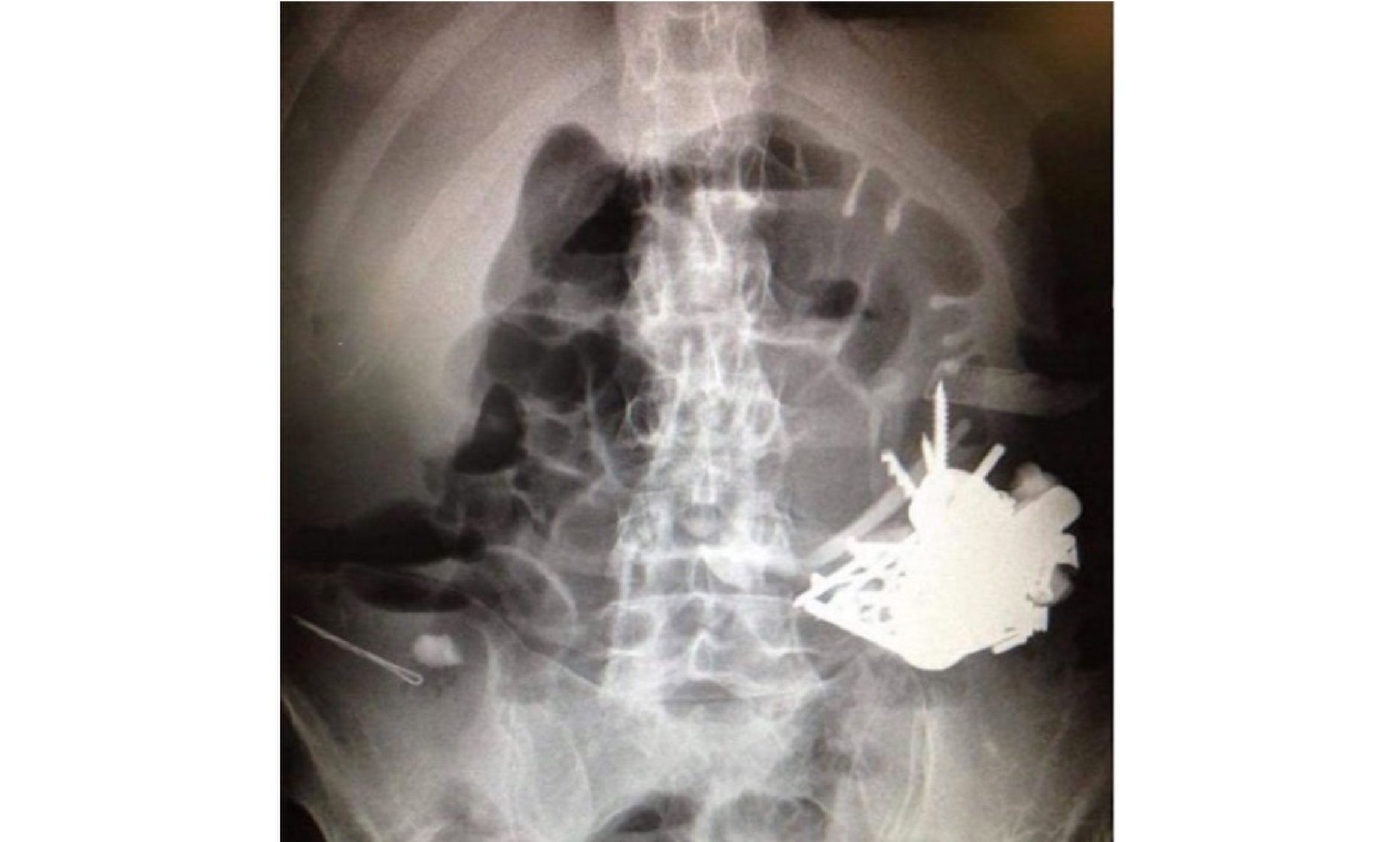AMAZING WEIRD FACT
ELECTRIC TEARS

What do egg whites and human tears have in common? According to a new study from Ireland, both materials can generate electricity, thanks to an enzyme they contain.
The enzyme, called lysozyme, is also found in saliva and mammalian milk, according to the study, which was published Oct. 2 in the Journal of Applied Physics. The enzyme is anti-bacterial; it attacks the cell walls of bacteria, weakening them.
When lysozyme is in a crystalized form, it also appears to have a property called piezoelectricity, meaning the enzyme can convert mechanical energy (when pressure is applied to it) into electrical energy, the researchers wrote though the name may sound foreign, "piezoelectricity is used all around us," lead study author Aimee Stapleton, a postgraduate fellow studying physics at the University of Limerick in Ireland, said in statement. For example, piezoelectric materials such as quartz crystals are used in mobile phones (as the vibrating component) and deep-ocean sonar, according to the statement.
Indeed, materials such as bone, wood, tendons and proteins (including collagen and keratin) have piezoelectric properties, according to the study.
But "the capacity to generate electricity from this particular protein [lysozyme] has not been explored," Stapleton said.
To study the piezoelectric properties of lysozymes, the scientists applied a crystalized form of the enzyme to films. Researchers then applied mechanical force to these films and recorded the amount of electricity generated.
The scientists found that lysozyme could generate electricity just as well as quartz could. But lysozyme is a biological material, so it could have medical applications. Lysozymes are "nontoxic, so [they] could have many innovative applications, such as electroactive, anti-microbial coatings for medical implants," Stapleton said.
The researchers think that, in the future, lysozymes could be used to power biomedical devices that are used in people's bodies, the scientists wrote in the study. The enzymes could also be used to power and control the release of drugs in the body, the study said.
More research is needed, however, before the enzyme can be used for these purposes, the researchers said.
100 PIECES OF METAL REMOVED FROM A MAN'S STOMACH


Surgeons removed more than 100 pieces of metal of various shapes and sizes from the stomach of a man in France, according to a new report of the man's case.
The 52-year-old had psychosis — meaning he had lost touch with reality — and despite receiving treatment for the condition, he had a tendency to intentionally swallow metal items. These items ranged from nails, knives and screws to spoon handles, nuts and coins.The man ingested the metal objects so frequently that over time, clumps of partially digested or nondigested material would clump together in his stomach in masses known as "bezoars." These metal bezoars would become so large that they would block the pylorus, the opening connecting the stomach and the small intestine, preventing his stomach from emptying.
Metal bezoars are one of the rarest forms of bezoar, according to the case report. Other types of bezoars include those formed by clumps of undigested milk (seen in infants), hair (in people who ingest hair, a condition known as trichophagia), plant material (from fruit and vegetable fibers) and pills.
In the man's case, he went to the emergency room five times over a five-year period, complaining of stomach pain, nausea and vomiting up blood. In four of these instances, doctors had to operate to remove a massive metal bezoar from his stomach. Surgery was necessary because removing the metals by endoscopy — a procedure in which a thin, flexible tube is inserted into the stomach from the mouth so that doctors can retrieve the swallowed object — didn't work, according to the case report.
It was surprising that the man needed surgery on four separate occasions to remove these objects, said Dr. Steven Moss, a gastroenterologist and professor of medicine at Warren Alpert School of Medicine of Brown University. Usually, when people swallow sharp metal objects, they can often be taken out safely by endoscopy, Moss said.
Moss was not involved in this man's case, but he has treated people who have swallowed massive amounts of metal, and was the co-author of a 2010 paper in the journal Clinical Gastroenterology and Hepatology on people who intentionally swallow objects not meant to be swallowed.
Moss said he wondered if some of the man's operations could have been prevented, because surgery to remove these items is not normally the treatment of choice.